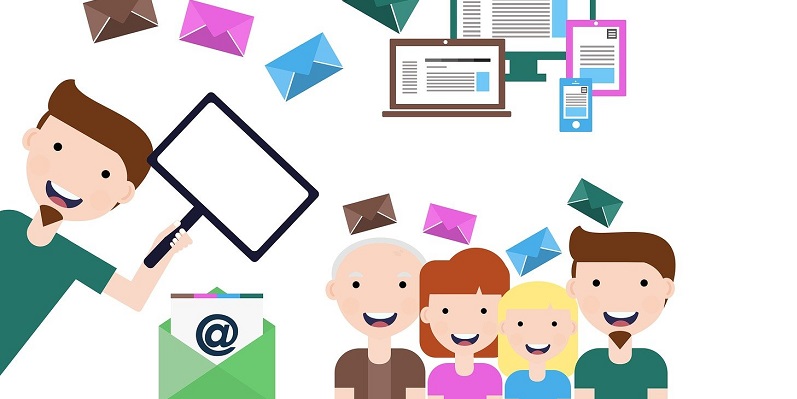Email marketing has been a powerful tool for businesses to connect with their audience and drive conversions. In this comprehensive guide, we will explore the key strategies and best practices to create compelling and relevant content that resonates with your audience, design visually appealing emails, experiment with different elements, segment your email list, set up automated workflows, monitor campaign performance, utilize analytics tools, stay updated with email marketing trends, and continue learning and experimenting to adapt to changing consumer behavior and preferences.
Creating Compelling Content
To effectively engage your audience, it is crucial to understand their needs and preferences. Research and identify relevant topics and themes that resonate with your target audience. Craft engaging and persuasive copy that speaks directly to their pain points and offers valuable solutions. Utilize storytelling techniques to create a connection and build trust with your readers. By focusing on providing value and relevance, you can create content that captures their attention and encourages them to take action.
Designing Visually Appealing Emails
Aesthetics play a significant role in email marketing. With the ever-increasing use of mobile devices, it is essential to design visually appealing emails with a clean layout and mobile responsiveness. Choose eye-catching visuals and graphics that align with your brand identity and enhance the overall visual appeal of your emails. Consistency in design elements, such as fonts, colors, and logos, helps reinforce brand recognition and credibility.
Experimenting with Different Elements
To optimize your email campaigns, it is crucial to experiment with different elements. Start by testing different subject lines to maximize open rates. A compelling subject line arouses curiosity and entices recipients to open the email. Test various content formats and messaging approaches to identify what resonates best with your audience. Additionally, determine the optimal send times and frequency that yield the highest engagement and conversion rates. Don’t overlook the importance of crafting effective calls-to-action (CTAs) that prompt readers to take the desired action.
Segmentation for Targeted Campaigns
Segmentation involves categorizing your email list based on specific criteria such as demographics, behavior, or purchase history. By segmenting your audience, you can deliver personalized and tailored content that speaks directly to their interests and needs, increasing the chances of engagement and conversion. Utilize data and insights to create targeted campaigns that resonate with each segment, fostering a deeper connection and driving better results.
Automation and Workflows
Take advantage of automation tools to save time and streamline your email marketing efforts. Set up automated workflows for tasks such as welcoming new subscribers, nurturing leads, and re-engaging inactive customers. Welcome emails help create a positive first impression and set the tone for the relationship with your subscribers. Lead nurturing sequences guide potential customers through the sales funnel, providing valuable information and building trust. Re-engagement campaigns aim to win back inactive subscribers by reigniting their interest and reminding them of the value you offer.
Monitoring Campaign Performance
Regularly monitoring the performance of your email campaigns is crucial for determining their effectiveness and making data-driven decisions. Track metrics such as open rates, click-through rates, conversion rates, and unsubscribe rates to gauge the engagement and success of your campaigns. Analyze the data to identify patterns and trends, allowing you to optimize your strategies for better results.
Utilize analytics tools to gain a deeper understanding of your email marketing efforts. These tools are offered by your email marketing platform and provide valuable insights into subscriber behavior, segmentation performance, and campaign engagement. Analyze and interpret the data to identify what is working well and areas that need improvement. Use these insights to refine your strategies and make informed decisions to achieve optimal results.
Staying updated with email marketing trends
The field of email marketing is constantly evolving. Stay informed about the latest industry trends and best practices to stay ahead of the competition. Subscribe to industry newsletters, follow thought leaders and influencers, and attend relevant webinars and conferences. By staying updated, you can leverage new techniques and tactics to enhance your email marketing campaigns.
Effective email marketing requires creating compelling content, designing visually appealing emails, experimenting with different elements, segmenting your email list, setting up automated workflows, monitoring campaign performance, utilizing analytics tools, staying updated with trends, and continuously learning and adapting. By implementing these strategies and best practices, you can engage your audience, nurture relationships, and achieve success in your email marketing endeavors. Stay curious, keep experimenting, and be open to new ideas as you navigate the ever-changing landscape of email marketing.

